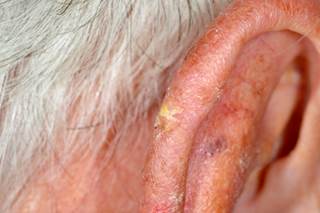Blog
05
Dec
2018
Laser-Assisted Photodynamic Therapy in Patients With Actinic Keratosis







